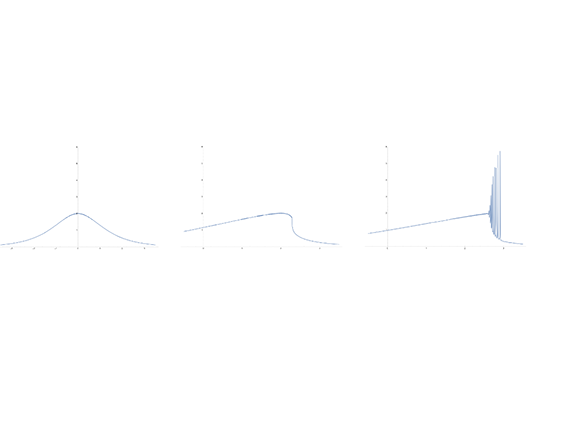
White Paper: Advancing Quantum Mechanics with Mathematics and Statistics
This white paper is an outcome of IPAM’s spring 2022 long program, Advancing Quantum Mechanics with Mathematics and Statistics. The white paper summarizes the activities and outcomes of the Long Program “Advancing Quantum Mechanics with Mathematics and Statistics” which was held at the Institute of Pure and Applied Mathematics (IPAM) from March 7 to June 10, 2022. It also briefly explores some of the current open questions and future directions in the field of electronic structure theory and computational chemistry as well as related fields that were discussed during the program.

Lean for the Curious Mathematician 2022
Interactive theorem proving software can check, manipulate, and generate proofs of mathematical statements, just as computer algebra software can manipulate numbers, polynomials, and matrices. Over the last few years, these systems have become highly sophisticated, and have learnt a large amount of mathematics.
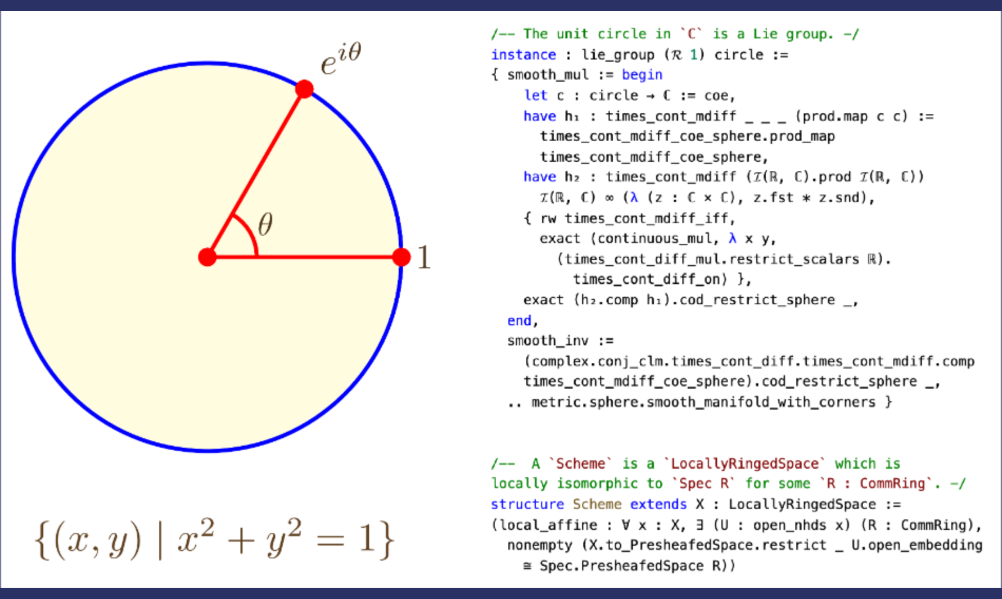

Mathematics and Statistics Contribute to Climate Science and Policy
Scientists from across the disciplines have spent decades making the case that our planet is rapidly warming due to anthropogenic emissions of carbon dioxide (CO2) and other greenhouse gasses. The catastrophic consequences of global warming are becoming undeniably obvious. Scientists, economists, and social scientists are now collaborating to improve our understanding and predictions of how Earth’s changing climate will impact humanity and the ecological and social systems upon which life relies.
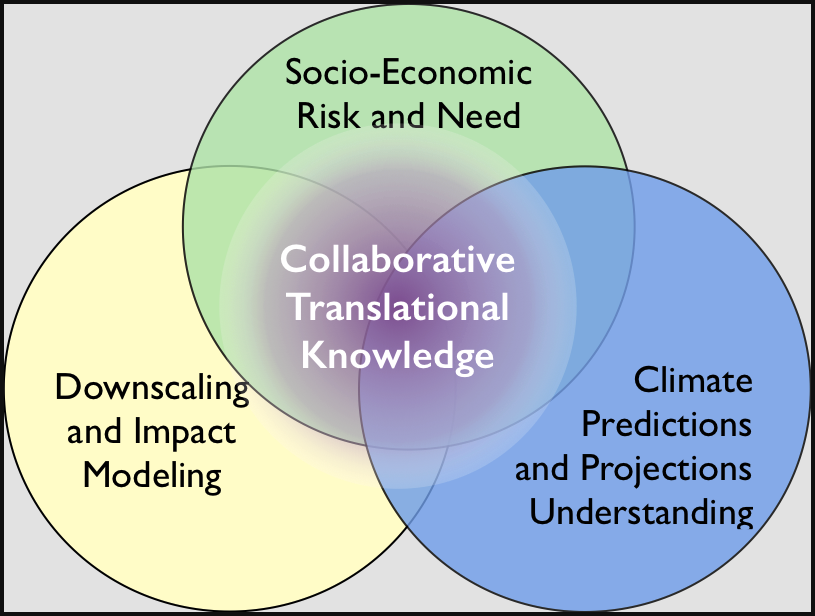

Finding vulnerabilities in machine learning—and searching for ways to protect against them
Theoretical computer scientists prove that undetectable, malicious backdoors are possible.

Gibbs measures and nonlinear wave equations
Gibbs measures are tools from probability that play a fundamental role in mathematics (partial differential equations (PDE), stochastic partial differential equations, etc.) and in physics (statistical mechanics, Euclidean field theories, etc).
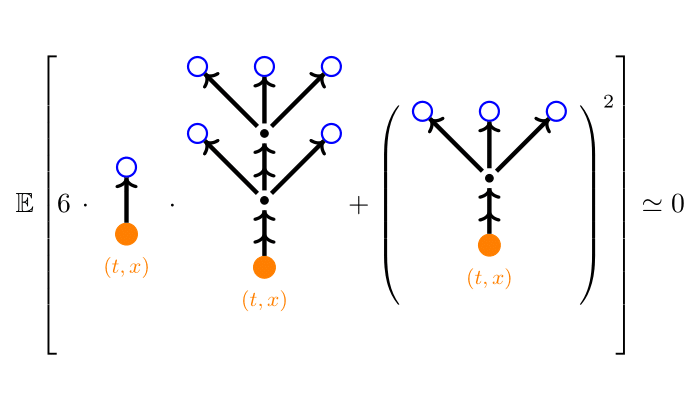

The quest for uniform bounds
Laura DeMarco, Holly Krieger, and Hexi Ye employ arithmetic tools and ideas from dynamical systems to provide a uniform Manin-Mumford bound on the number of torsion points for a family of genus 2 curves.
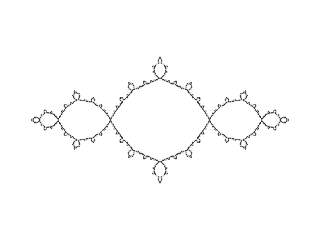

Mathematics and Physics at the Moiré Scale
The unique electronic, optical, and mechanical properties of 2D materials have recently sparked an extraordinary level of experimental, theoretical, and computational activity in the materials science and physics communities. Interest in the mathematics community has recently emerged to develop rigorous foundations, improved models, and computational methods. IPAM sponsored a workshop on “Theory and Computation for 2D Materials” during January 13-17, 2020 that facilitated exchanges between the mathematics community and the physics communities working on 2D materials.
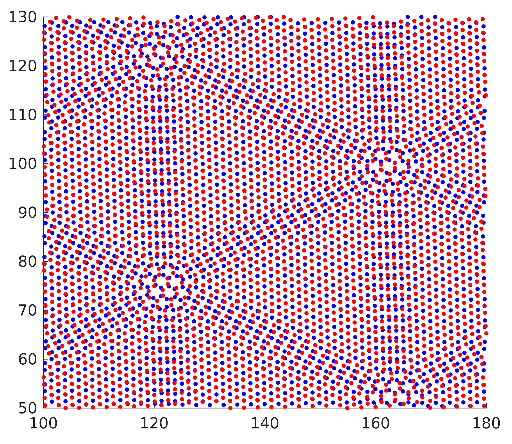

SQuaRE group mixes theory and computation
AIM SQuaRE group produces a new tool for research in algebraic geometry.
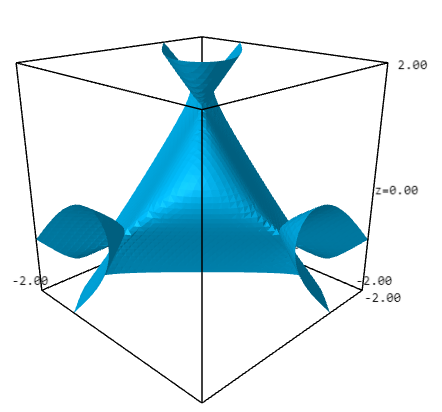

Mathematicians prove forced Navier-Stokes solutions are not unique in the Leray-Hopf class
For almost 200 years, scientists and engineers have used the so-called Navier-Stokes equations to describe how fluids behave. These partial differential equations arose from Newton’s second law—that an object’s acceleration depends on its mass and the net force acting upon it—and incorporate internal forces, such as pressure, and external forces, such as gravity, on the movement of fluids. Among their applications, the Navier-Stokes equations, and their variations, are the main models used today for determining currents in the oceans, airflow around airplanes and cars, smoke dispersion from chimneys, and water flow in pipes.

Dispersive shock waves
Shock waves can be observed both experimentally and theoretically, and manifest as a train of localized, highly oscillating waves. They are observed in water waves, plasma, optics, or Bose-Einstein condensates. Dispersive shock waves can appear when one of the relevant quantities of the model changes abruptly compared to the others. Mathematically, it is possible to grasp the formation of a dispersive shock wave by letting a particular parameter of the modeling equation tend to zero: this is called the zero-dispersion limit.
